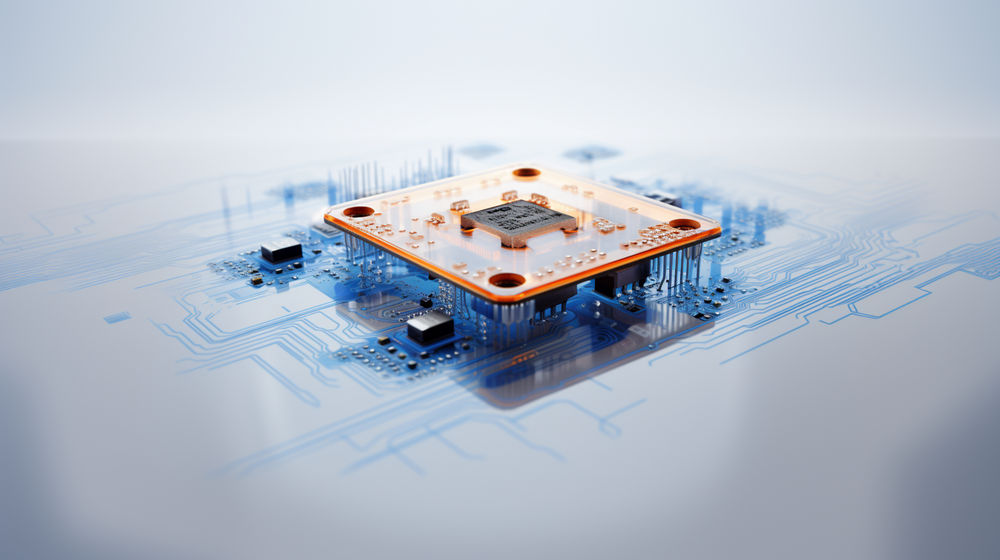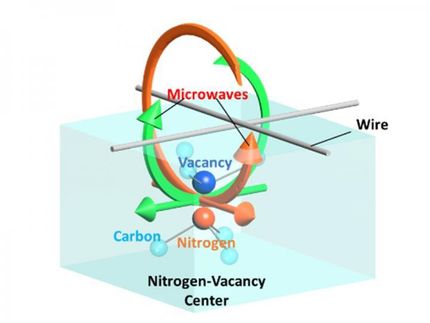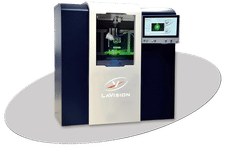An elegant method for the detection of single spins using photovoltage
This could lead to a much more compact design of quantum sensors
Advertisement
diamonds with certain optically active defects can be used as highly sensitive sensors or qubits for quantum computers, where the quantum information is stored in the electron spin state of these colour centres. However, the spin states have to be read out optically, which is often experimentally complex. Now, a team at HZB has developed an elegant method using a photo voltage to detect the individual and local spin states of these defects. This could lead to a much more compact design of quantum sensors.
Defects in solids are often undesirable, but they can also provide wonderful new opportunities, for example in diamonds: Here, nitrogen vacancy centres (NV centres) can be introduced whose spin states can be manipulated with microwaves. The information from a single spin can then be read out using light. This makes NV-doped diamonds suitable not only as highly sensitive sensors, but also as qubits for quantum computers.
Up to now: optical detection
However, to determine the state of each individual spin, the photons emitted from the colour centre (carrying the spin) must be measured. Since only single photons are emitted when spins flip, this signal is very weak, leading to a complex experimental set-up for the detection.
Now: photovoltage measured by KPFM
A team at HZB has now presented a novel method to solve this problem. ‘The idea was that such defect centres not only possess a spin state, but also electrical charge,’ says Dr Boris Naydenov. To probe these charges, they modified a variant of atomic force microscopy known as Kelvin probe force microscopy (KPFM): in this process, a laser excites the NV centres, generating free charge carriers that are captured by surface states and thus produce a measurable voltage around an NV centre.
Capturing spin dynamics
‘The photovoltage depends on the electron spin state of the NV centre, and so we can actually read out the individual spin,' says Sergei Trofimov, who carried out the measurements as part of his PhD project. Moreover, with the new method, it is even possible to capture the spin dynamics by coherently manipulating the spin states using microwave excitation.
Outlook: tiny diamond based devices
‘This would open the way to the development of really tiny and compact diamond-based devices, since all that is needed are suitable contacts instead of complex microscopic optics and single-photon detectors,’ says Prof. Klaus Lips, head of the Spins in Energy Conversion and Quantum Information Science department. ‘The newly developed readout method could also be used in other solid-state physics systems where electron spin resonance of spin defects has been observed,’ Lips estimates.
Original publication
Other news from the department science
These products might interest you
Most read news
More news from our other portals
See the theme worlds for related content
Topic world Sensor technology
Sensor technology has revolutionized the chemical industry by providing accurate, timely and reliable data across a wide range of processes. From monitoring critical parameters in production lines to early detection of potential malfunctions or hazards, sensors are the silent sentinels that ensure quality, efficiency and safety.

Topic world Sensor technology
Sensor technology has revolutionized the chemical industry by providing accurate, timely and reliable data across a wide range of processes. From monitoring critical parameters in production lines to early detection of potential malfunctions or hazards, sensors are the silent sentinels that ensure quality, efficiency and safety.



































































